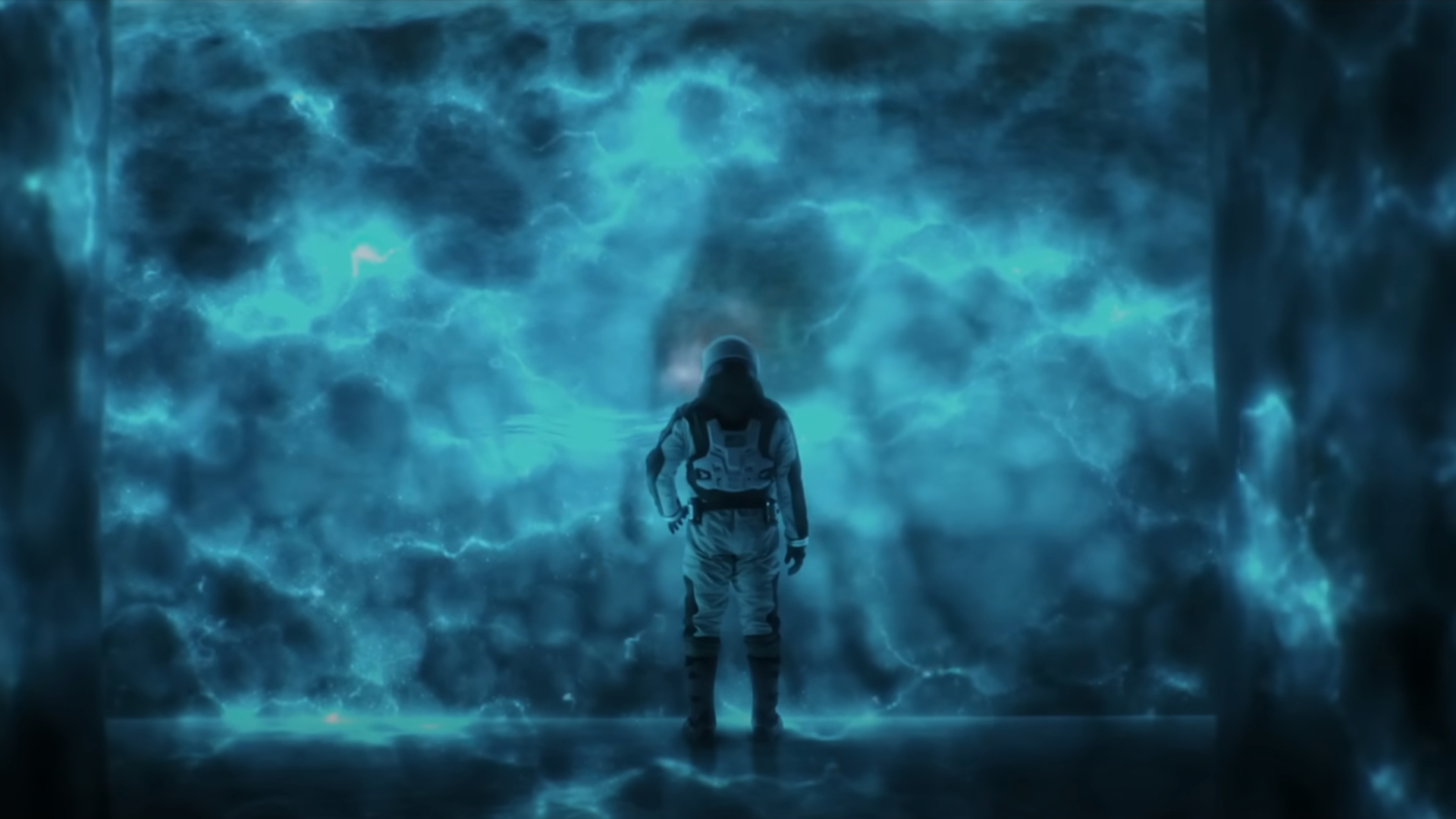The seasons on Earth will officially change Wednesday, heralding their shifting nature with an astronomical feat: the autumnal equinox.
On Sept. 22, at 11:09 p.m. EDT (8:09p.m. PDT), the fall season will begin in the Northern Hemisphere while the Earth's Southern Hemisphere residents ring in their spring. This date — one of two each year — is called an equinox, from the Latin for "equal night," alluding to the fact that day and night are then of equal length worldwide.
But this is not necessarily so.
The not-so-equal equinox
The definition of the equinox as being a time of equal day and night is a convenient oversimplification.
For one thing, it treats night as simply the time the sun is beneath the horizon, and completely ignores twilight. If the sun were nothing more than a point of light in the sky and if Earth lacked an atmosphere, then at the time of an equinox the sun would indeed spend one half of its path above the horizon and one half below.
But in reality, atmospheric refraction raises the sun's disk by more than its own apparent diameter while it is rising or setting. Thus, when we see the sun as a reddish-orange ball just sitting on the horizon, we're looking at an optical illusion.
Breaking space news, the latest updates on rocket launches, skywatching events and more!
It is actually completely below the horizon. So from our point of view, the day on an equinox appears longer than it actually is. This illusion means that the appearance of equal day and night, from a skywatcher's view, will come several days later.
In addition to refraction hastening sunrise and delaying sunset, there is another factor that makes daylight longer than night at an equinox: Sunrise and sunset are defined as the times when the first or last speck of the sun's upper limb is visible above the horizon — not the center of the disk.
This is why, when you check your newspaper's almanac or weather page on Wednesday of this week to look up the times of local sunrise and sunset, you'll notice that the duration of daylight from sunrise to sunset still lasts a bit more than 12 hours — not exactly 12 as the term "equinox" suggests.
In New York City, for instance, sunrise is at 6:43 a.m. and sunset comes at 6:54 p.m. So the amount of daylight is not 12 hours, but rather 12 hours and 11 minutes.
Not until Sept. 26, will the days and nights truly equal (sunrise is at 6:47 a.m., sunset coming 12 hours later).
And at the North Pole, the sun currently is tracing out a 360-degree circle around the entire sky, appearing to skim just above the edge of the horizon.
At the moment of this year's autumnal equinox, it should theoretically disappear completely from view, and yet its disk will still be hovering just above the horizon. But it will take another 52 hours and 10 minutes later until the last speck of the sun's upper limb finally drops completely out of sight.
This strong refraction effect also causes the sun's disk to appear oval when it is near the horizon. The amount of refraction increases so rapidly as the sun approaches the horizon, that its lower limb is lifted more than the upper, distorting the sun's disk noticeably.
Equinoxes on other planets?
The word equinox is also used for either of the two points in the sky where the sun is located on the first day of spring and autumn. These points are the intersections of the ecliptic with the celestial equator, but they're not necessarily confined to Earth.
To determine when another planet experiences equinoxes, we need to know its axial tilt. The Earth's axis is tilted at a 23.44-degree angle.
The planet whose axial tilt is most similar to ours is Mars, whose axis is tilted at a 25.19-degree angle. The Martian autumnal equinox this year comes on Nov. 12, while the spring equinox occurs next year on Sept. 13.
Mercury has no significant axial tilt, so the sun (which appears about 2 1/2 times larger than here on Earth)always shines directly down on Mercury's equator.
In contrast, Uranus has an axial tilt of 97.77 degrees, giving it seasonal changes completely unlike those of the other major planets. Uranus rotates more like a tilted rolling ball.
At the time of a Uranian solstice, one pole continually faces the sun while the other pole faces away. Each pole gets around 42 years of continuous sunlight, followed by 42 years of darkness.
Near the time of the equinoxes, the sun faces the equator of Uranus giving a period of day-night cycles similar to those seen on most of the other planets.
Uranus reached its most recent equinox in 2007. The next will come in 2049.
- WhatCauses Earth's Seasons?
- Gallery: Space Photos Show Changing Seasons
- RareSky Show: Two Planets Align With Harvest Moon
Joe Rao serves as an instructor andguest lecturer at New York's Hayden Planetarium. He writes about astronomy forThe New York Times and other publications, and he is also an on-camerameteorologist for News 12 Westchester, New York.
Join our Space Forums to keep talking space on the latest missions, night sky and more! And if you have a news tip, correction or comment, let us know at: community@space.com.

Joe Rao is Space.com's skywatching columnist, as well as a veteran meteorologist and eclipse chaser who also serves as an instructor and guest lecturer at New York's Hayden Planetarium. He writes about astronomy for Natural History magazine, Sky & Telescope and other publications. Joe is an 8-time Emmy-nominated meteorologist who served the Putnam Valley region of New York for over 21 years. You can find him on Twitter and YouTube tracking lunar and solar eclipses, meteor showers and more. To find out Joe's latest project, visit him on Twitter.
